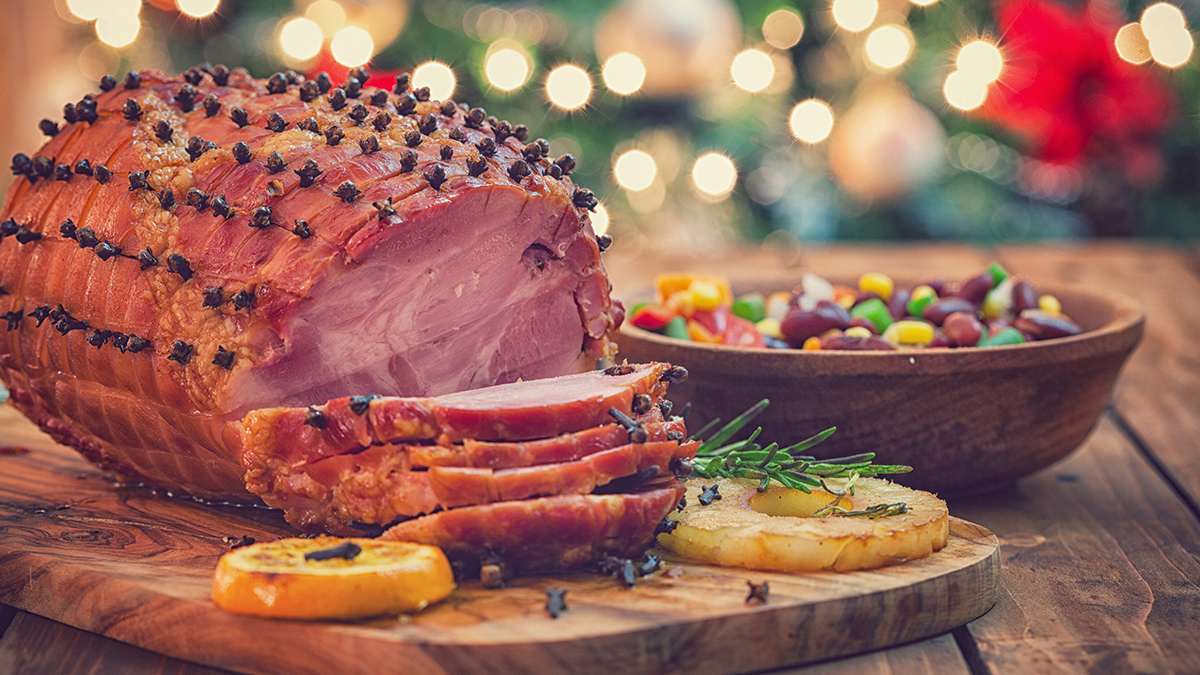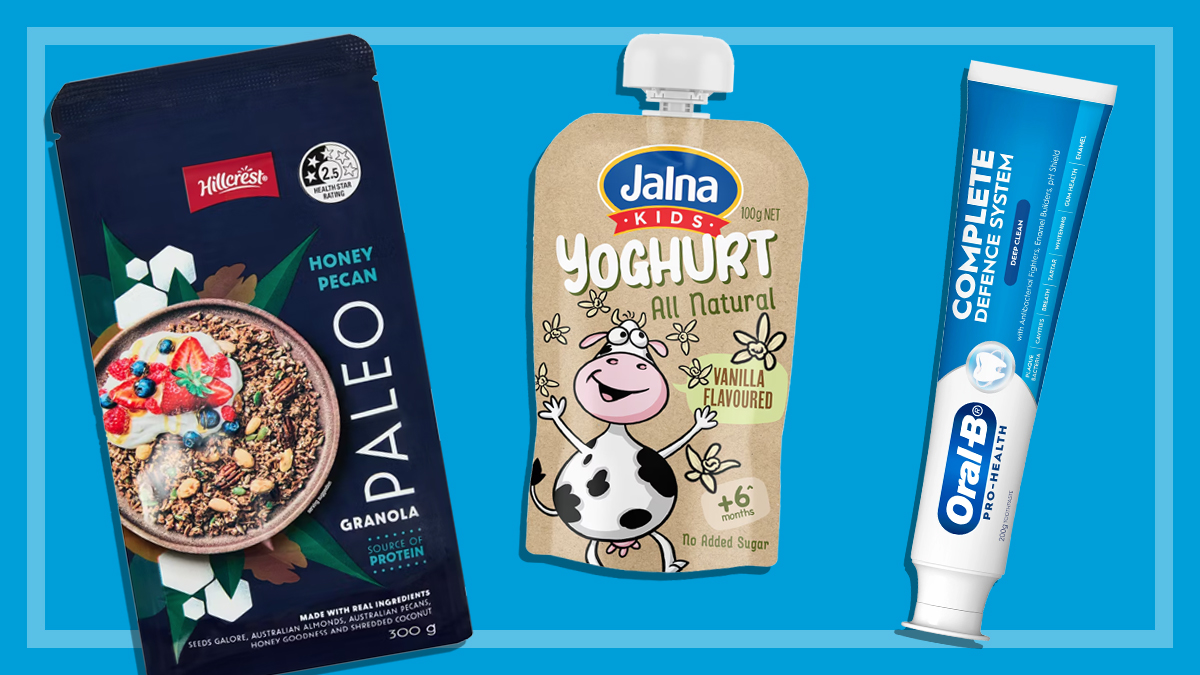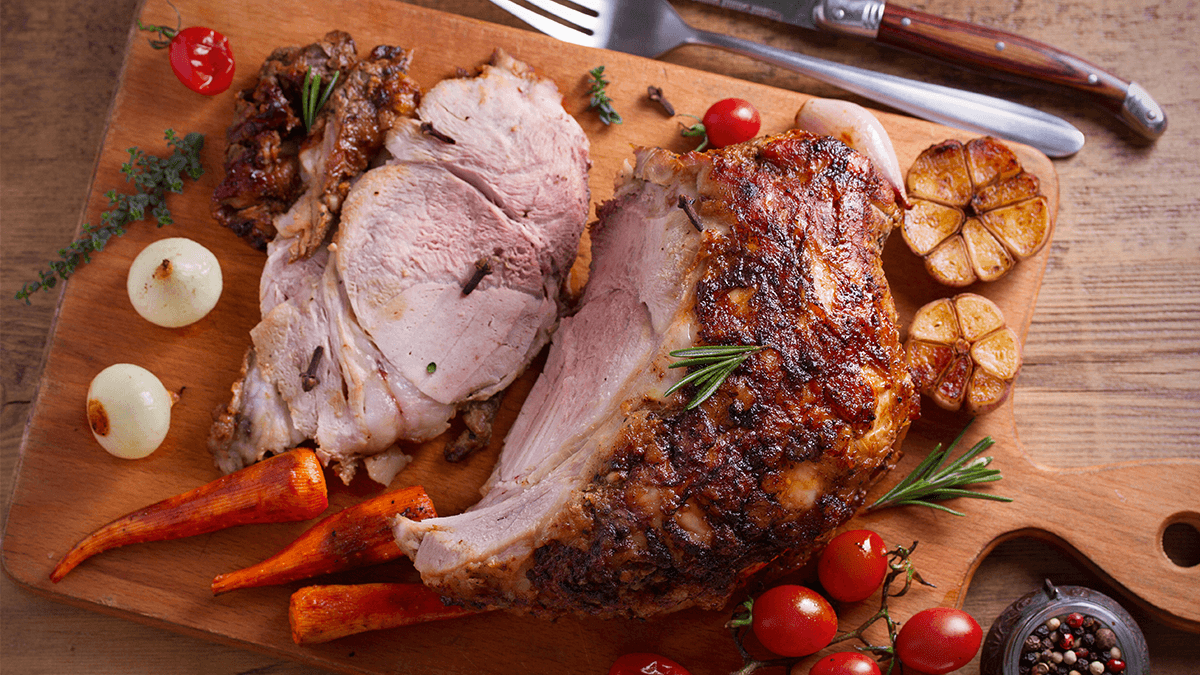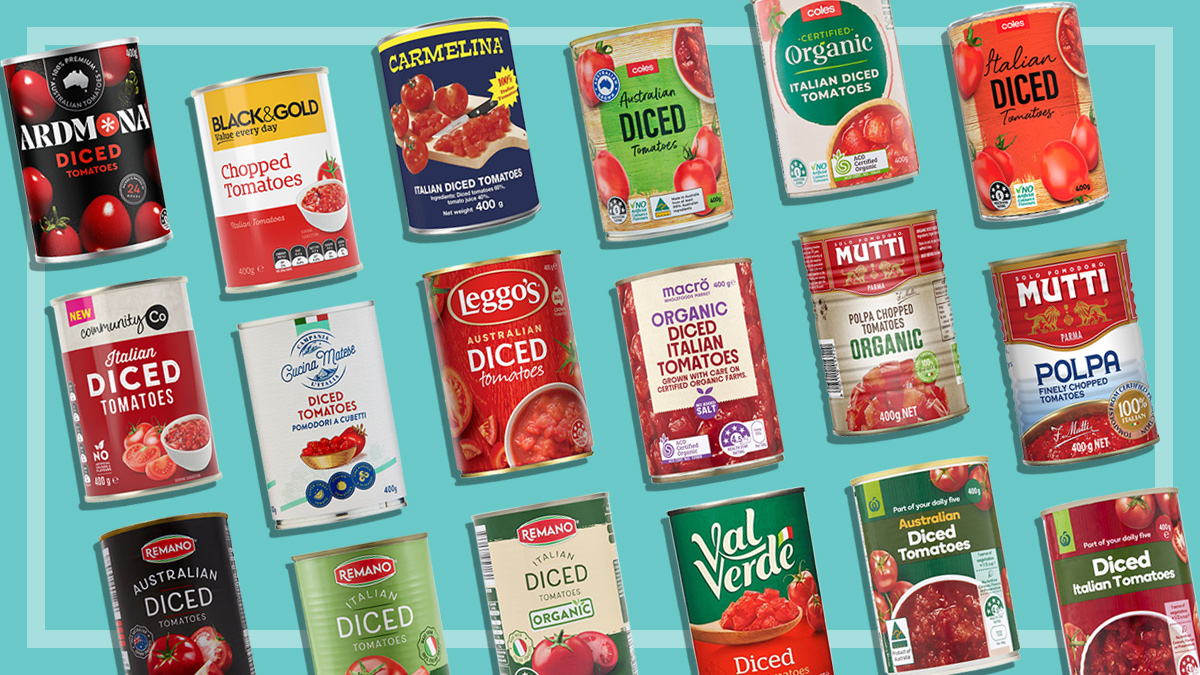Get our independent lab tests, expert reviews and honest advice.
Buying fresh fruit and veg
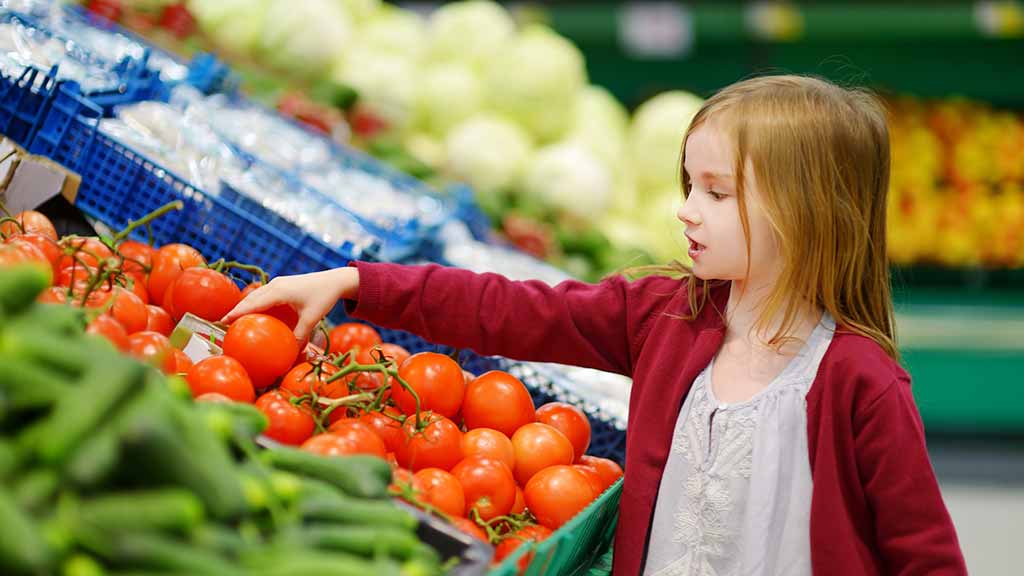
Nothing beats the flavour and quality of freshly harvested fruit and vegetables. Fruit and veg bought in season are better value and quality, and buying in season will also add more variety to your diet throughout the year. Rather than an endless rotation of potatoes, carrots and broccoli on your dinner plate, eating seasonally could see you get creative with celeriac and kale and enjoy the benefits of beetroot where you might not have otherwise.
On this page:
- Supply and demand
- Shopping in season
- Fresh evidence?
- The year-old apple
- What's stored?
- Tips for picking perfect produce
But following the seasons for our fresh fruit and veg is far from the norm.
We surveyed a nationally representative sample of 1000 grocery shoppers asking them about their perceptions, experiences and buying behaviour around fresh fruit and veg. We found that 91% of Australians buy their fresh fruit and vegetables from supermarkets, with Coles and Woolworths being the main place of purchase for 37% and 29% of customers respectively. We’re fortunate that Aussie supermarkets supply a huge range of fresh fruit and vegies all year round, but it seems that convenience comes at a cost.
Supply and demand
In a discussion about fresh fruit and vegetables on CHOICE Community, a member lamented, “We become accustomed to [fruit and vegies being available year round] and then have the expectation of being able to purchase what we want whenever.”
We’re so used to Granny Smith apples always being available, for example, it may come as a surprise that the ones on the shelves in January were likely harvested in March the previous year. And while you might not think twice about the fact you can buy fresh asparagus in winter for that recipe you’re following, chances are it’s imported from Chile or Peru rather than Australian-grown.
One member put forward a theory. “Supermarkets created the expectation. It was another way to dominate the market and push small operators who sell seasonally out of business. Now the majority of consumers don’t know what’s in season as it’s always there.”
“Those who grow their own and support growers markets have a much better idea of when various fruits and veg will be in season and fresh,” said another.
Shopping in season
Experiencing truly freshly picked produce might explain why our survey found customers of growers’ and farmers’ markets significantly more likely to be satisfied with the freshness of their fruit and veg (92% of customers) than customers of Aldi (80%), Coles and Woolworths (both 73%).
Another benefit of buying direct from the grower is that they can tell you how best to select and store their produce. This can prevent fresh food faux pas, like keeping summer apples out of the fridge, or storing cold-sensitive avocados for too long in the fridge, resulting in disappointment.
Of course we can’t all buy direct from the grower, much less grow our own. And shopping in season isn’t necessarily a priority for everyone – although 58% of our survey respondents say they consider seasonality when choosing their fruit and veg. But buying freshly harvested produce, and knowing how to store and prepare it correctly, should result in a more positive experience, regardless of where you buy it.
Fresh evidence?
One problem is the lack of seasonality information when and where you need it – which, for the majority of Australians, is when they’re in the fruit and veg section of their local supermarket choosing what to buy.
We asked supermarkets what information they provide to customers about seasonality, and where. Coles told us its monthly magazine features recipes using in-season produce, and Woolworths does this too. On its website, Woolworths has a ‘now in season’ section, which at the time of writing in April focused on Australian apples. Coles, on its website (if you know where to look), even gives details of when and where different fresh fruit and veg is sourced.
While Woolworths didn’t respond to this question, we noticed signage in front of Royal Gala apples in store advising they’d been ‘picked Feb to Mar’, but similar information for other varieties on display wasn’t apparent. We also saw signage informing that ‘new season’ apples would have no added wax, although it wasn’t clear what’s meant by the terminology ‘new season’, or which apple varieties it applied to.
For the most part when you’re in supermarkets deciding which produce to buy, information on seasonality is lacking.
“Retailers should indicate when vegetables were picked and what the expected shelf life of that vegetable should be,” commented one of our survey respondents, and this sentiment was echoed on CHOICE Community. “Wouldn’t it be nice if supermarkets were required to label their fruit and veg with ‘picked on’ dates,” was a popular remark. While there’s little chance of that happening, a resounding 87% of our survey respondents told us they’d like more information from retailers about seasonality of fruit and veg where they’re located in stores.
Room for improvement
With four out of five Australian adults not eating enough fruit and vegetables to meet the two (fruit) and five (vegie) daily servings recommended by the dietary guidelines, it’s important that consumers have a positive experience with the fruit and veg they buy.
CHOICE thinks that more information at the point of sale in supermarkets about fruit and veg seasonality and how to choose and store it would be a step in the right direction.
Want to shop more seasonally, but don’t know how to go about it? What information do you think would help, and how and where you’d like to see it? Join the conversation in CHOICE Community.
The year-old apple
According to industry group Apple & Pear Australia (APAL), apples are harvested between February and April in Australia, depending on the variety. But different methods of storage are used by growers to bridge the gaps between harvests, allowing some apple varieties to be available all year round.
This means, then, that a ‘fresh’ apple in December may have been in storage for almost a year. But three quarters of the people we surveyed thought that an acceptable period of time to store apples was less than three months – for 40% of people it was no time in storage or a week at most.
The alternative to storing apples for year-round consumption is importing them in the off-season. However, we know from our most recent nationally representative Consumer Pulse survey, that buying local and Australian product is important to 91% of Australians.
Cold-stored Australian apples might be preferable to imported ones, or none at all, but are they as good as one that’s just been picked?
Techniques for controlling temperature, humidity, oxygen and carbon dioxide levels in storage have long been used to slow the fruit ripening process. In some cold storage facilities a gas known as SmartFresh is also added to slow the fruit’s release of ethylene, a natural compound which triggers ripening – essentially putting the fruit to sleep. This might sound ominous, but once the fruit is removed from cold storage, regular ripening continues and the gas biodegrades to the point where there’s no residue left in or on the fruit. This process, which has been safely used for decades, is claimed to better retain the firmness and flavour of cold stored apples, and slow the depletion in vitamin C content that naturally occurs with age.
With or without the use of SmartFresh, however, cold-stored apples will never be quite the same quality as when they were first harvested. Significantly, shelf life is short for apples that are cold stored for long periods of time then moved to room temperature. Freshly harvested apples can be kept for a least a week in a fruit bowl on the kitchen bench, for example, but apples stored for ten or eleven months and bought in summer can lose flavour and texture after just a day, according to Stephen Morris of independent horticultural industry research company Postharvest Fresh.
This could go some way to explaining why our survey found that apples – more than any other fruit or veg – frequently disappoint grocery buyers in terms of flavour, quality and freshness.
If consumers had better access to information about apple seasons and advice on how to store them correctly – and all fruit and veg for that matter – then expectations could be more realistic. Shoppers would appreciate the produce even more when it’s freshly harvested, and disappointment would be less likely. Ultimately it could encourage people to eat a greater variety of fruit and veg and also reduce waste.
What’s stored?
It’s not just apples that are kept in cold storage. An Aldi Australia spokesperson told us that pears, grapes, bananas, oranges, mandarins, potatoes, carrots, onions and pumpkin are cold stored too. Most commonly kept in cold storage before sale are apples, pears and onions, says Coles.
After it’s harvested, fresh fruit and veg is stored by growers until needed, according to Aldi and Woolworths. And this produce leaves the supermarket distribution centres and is delivered to stores within 24 hours of receipt from the suppliers.
Tips for picking perfect produce
Regardless of where they shop, consumers we surveyed identified apples, avocados, melons, oranges, peaches and pineapples as being both tricky to choose and frequently disappointing in quality.
We’ve pulled together tips for choosing good quality produce and storing them correctly. The ‘in season’ information can be used as a guide, but may vary depending on where the product is grown.
Apples
Choose apples with skin that’s firm and smooth to the touch. Store apples away from direct sunlight, preferably in the fridge. Placing them in a plastic bag in the fridge helps retain moistness and stops them shriveling. If you prefer eating apples at room temperature, move a few from the fridge to the fruit bowl each day.
In season
Granny Smith: Harvested March/April, available year round
Red Delicious: Harvested February/March, available up to and including December
Pink Lady: Harvested April, available up to and including February
Fuji: Harvested March, available up to and including October
Royal: Gala Harvested February, available up to and including September
Avocados
Choose avocados depending on when you’ll use them. Industry group Avocados Australia suggests gently pressing at the stem end – a little ‘give’ means it’s ready to eat now, firm and it’ll be ready to eat in a few days. Hass avocados change colour from olive green to purplish black as they ripen, while Shepard avocados remain green. Avoid avocados with dark spots or other visible damage on the skin. Avocados ripen off the tree rather than on it. They’ll ripen faster if they’re stored next to apples or bananas. You can slow down ripening by putting avocados in the fridge, although preferably only for a couple of days.
In season
Hass: Nearly all year round
Shepard: February–April
Melons
Choose rockmelons and honeydew melons that feel heavy for their size and have a pleasant smell. Avoid ones that have soft spots, mouldy patches or bruises on their skin. Whole melons can be stored at room temperature for up to one week. Cut melons should be wrapped in plastic and stored in the crisper section of your fridge. Honeydew melons stored at room temperature (unlike other melons) will ripen after two to three days.
Choose watermelons with glossy skin that are heavy and firm for their size, and avoid ones that are damaged or soft to the touch. A ripe watermelon sounds hollow when you tap it. Watermelon can be stored at room temperature for up to two weeks until cut, then cover it and place it in the refrigerator.
In season
Watermelons: Year round, peaking December–May
Rockmelons: Year round, peaking November–March
Honeydew melons Year round, peaking January–February
Oranges
Choose oranges that are firm, heavy and have glossy skin. Skin colour isn’t a good indicator of ripeness, as Valencias can be green but perfectly ripe. Avoid those that are soft or have bruises or spots or are wrinkled. Oranges can be stored at room temperature for up to two weeks, even longer in the fridge.
In season
Valencia: November–February
Navel: June–October
Peaches
Look for peaches that are firm but have some ‘give’ when you gently squeeze them. Avoid those that have green skin or are extra hard. Fruit with splits, blemishes or other visible damage to their skin should also be avoided. Summerfruit Australia, the industry body for stonefruit growers, suggests letting peaches ripen at room temperature then storing them in the crisper section of your fridge and eating them within two to three days.
In season
October–April
Pineapples
According to Piñata Farms, Australia’s largest pineapple producer, pineapples ripen from the bottom up so the natural sugars rise to the top as the fruit matures, but don’t continue ripening after picking. A consistent skin colour indicates consistent sweetness throughout the fruit. Depending on the time of year, this colour may vary from green (summer) to yellow or orange (winter), but a good indication of ripeness is a fragrant, sweet smell at the stem end. Avoid those with soft spots or dark bruises on the skin. Pineapples can be stored at room temperature for a couple of days, or wrapped in a plastic bag (with any leaves exposed) and refrigerated for two or three days.
In season
Year round, but at their best, cheapest and most plentiful November–February.
Not happy. Jam?
Have you ever come home from the shops and discovered that potatoes in the bag have sprouted or the strawberries at the bottom of the punnet are mouldy? You don’t have to wear the costs, or resort to making jam. We asked the major supermarkets about their policies for dealing with complaints about fruit and veg quality, and they all told us that if customers aren’t satisfied they can return the defective item and get a replacement or full refund.

